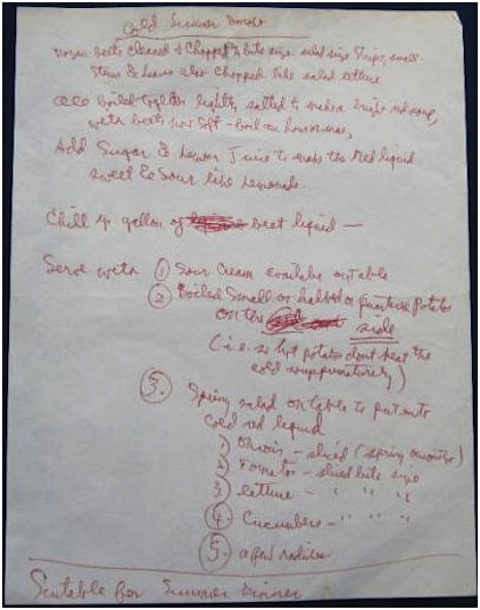Critical theorist and musicologist Theodor Adorno was a contrarian, almost contradictory figure—a committed Marxist thinker who was also a cultural elitist. Anyone who’s sat through a theory class will know his name (most likely through his seminal text Dialectic of Enlightenment, written with Max Horkheimer). For those who don’t, Adorno was an integral member of what was called the “Frankfurt School,” a group of early twentieth-century German scholars and social theorists who were highly critical of both Western capitalism and Soviet communism. Adorno’s work is wide-ranging, penetrating, and, at times, abstruse to the point of nigh-unintelligibility.
Despite Adorno’s hope for social transformation, his influence is (by design) primarily in the academic and cultural spheres, and his critiques of popular culture and music were scathing and sometimes just plain weird. He had a notoriously irrational dislike of jazz, for example. (Historian Eric Hobsbawm said that his writing contained “some of the stupidest pages ever written about jazz.”) Adorno also disliked “protest music,” as you can see from the interview above, in which he slams the folky, hippy stuff for its “cross-eyed transfixion with amusement” that renders it safe. Protest music, Adorno says, takes “the horrendous,” the Vietnam War in this case, and makes it “somehow consumable.” Maybe Dylan felt the same way when he gave up his Woody Guthrie act and started writing those brilliantly arcane, poetic lyrics.
But Adorno didn’t just preach the virtues of difficult art. He practiced them. In addition to championing the twelve-tone music of Arnold Schoenberg, Adorno composed his own music, for piano and strings. The three piano pieces above are his, somewhat reminiscent of the most dissonant passages in Modest Mussorgsky. Performed by pianist Steffen Schleiermacher, the pieces are titled “Langsame halbe—Immer ganz zart,” “Heftige Achtel,” and “Presto.”
A much longer, more substantial work is Adorno’s Studies for Strings in six movements. Movement one is above and movement two below (hear part 3, part 4, part 5, and part 6). It’s challenging and often quite sublime listening. The YouTuber who uploaded the music has seen fit to set it to a montage of black-and-white images. I don’t know whether this hinders or helps your appreciation, but you may wish to leave the videos running and listen to each movement while you work on other things. Or better yet, close your eyes and forget everything you know, don’t know, or think you know about Theodor Adorno.
Note: You can watch a lecture on the Frankfurt School here. It’s part of a Yale Open course on literary theory, which appears in our collection of 700 Free Online Courses.
Related Content:
The Nazis’ 10 Control-Freak Rules for Jazz Performers: A Strange List from World War II
85,000 Classical Music Scores (and Free MP3s) on the Web
Interviews with Schoenberg and Bartók
Josh Jones is a writer and musician based in Washington, DC. Follow him at @jdmagness


